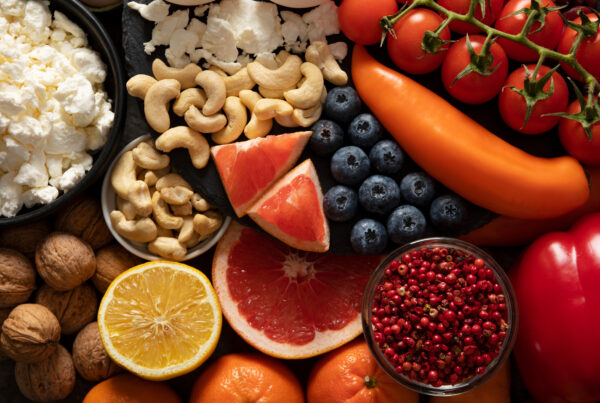1. Spinach
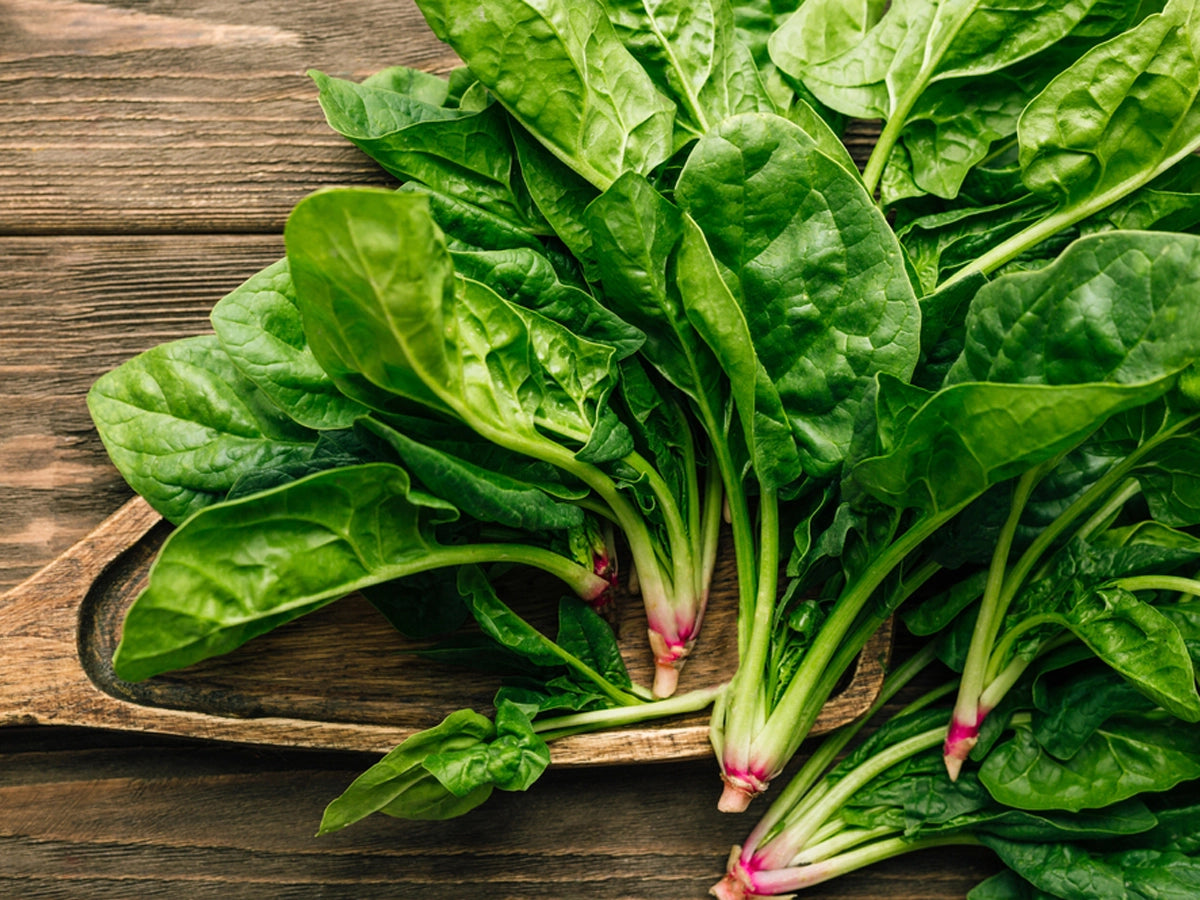
Spinach: The Green Powerhouse
Spinach is a classic iron-rich leafy green, packed with non-heme iron—the type found in plant foods. While raw spinach is nutritious, lightly cooking it helps your body absorb more iron by breaking down oxalates that can inhibit absorption. Spinach is also a source of vitamin C, which further enhances iron uptake. Enjoy it in sabzis, soups, smoothies, or salads for a versatile nutritional boost. Regular consumption supports healthy blood, energy levels, and overall vitality.
2. Lentils
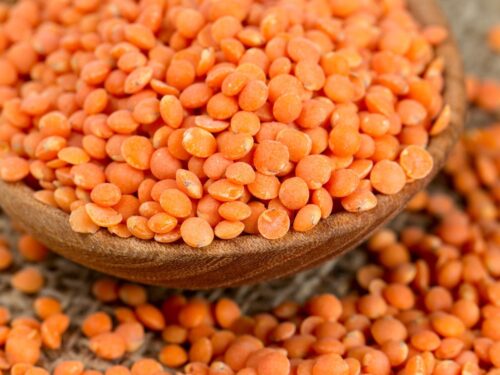
Lentils: The Protein-Packed Staple
Lentils are a humble kitchen staple loaded with plant-based iron and protein. They’re especially valuable for vegetarians and vegans seeking to meet their daily iron needs. Adding a squeeze of lemon or tomatoes to your dal or lentil soup increases vitamin C, which helps your body absorb more iron from these legumes. Lentils also provide fiber for digestive health and help stabilize blood sugar, making them a smart choice for balanced meals.
3. Beetroot
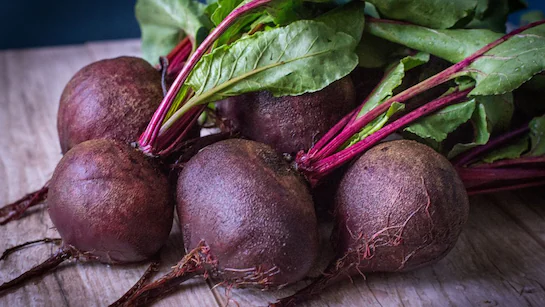
Beetroot: The Blood Booster
Beetroot stands out for its vibrant color and impressive nutritional profile. It supports iron levels and enhances blood flow, thanks to its natural nitrates and iron content. Beetroots can be roasted, grated raw into salads, or blended into juices. Regular consumption may help improve hemoglobin levels and stamina, making it especially beneficial for those prone to fatigue or anemia.
4. Jaggery
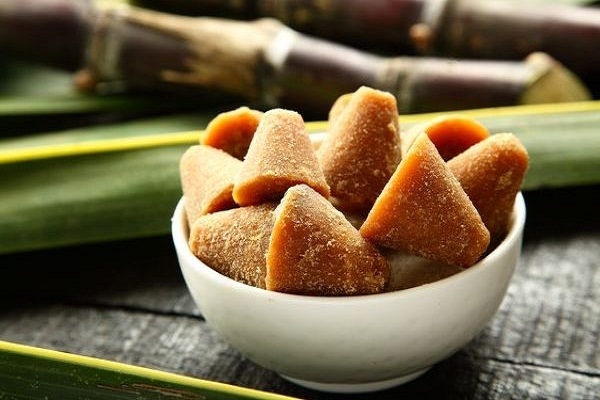
Jaggery: The Traditional Sweetener
Jaggery is more than just a natural sweetener—it’s a traditional remedy for boosting haemoglobin and iron levels. Unlike refined sugar, jaggery retains iron and other minerals from sugarcane or palm sap. A small piece after meals or as a sugar substitute in desserts can help combat iron deficiency, particularly in those who feel constantly tired or weak. Its rich, caramel-like flavor makes it a delicious and functional addition to your diet.
5. Pomegranate

Pomegranate: The Ruby Red Refreshment
Pomegranate seeds are not only refreshing but also rich in iron, vitamin C, and antioxidants. This combination supports healthy blood and improves oxygen flow throughout the body. Enjoy a handful of pomegranate seeds as a snack, sprinkle them over salads, or blend them into smoothies for a nutrient-packed treat that supports heart and blood health.
6. Sesame Seeds
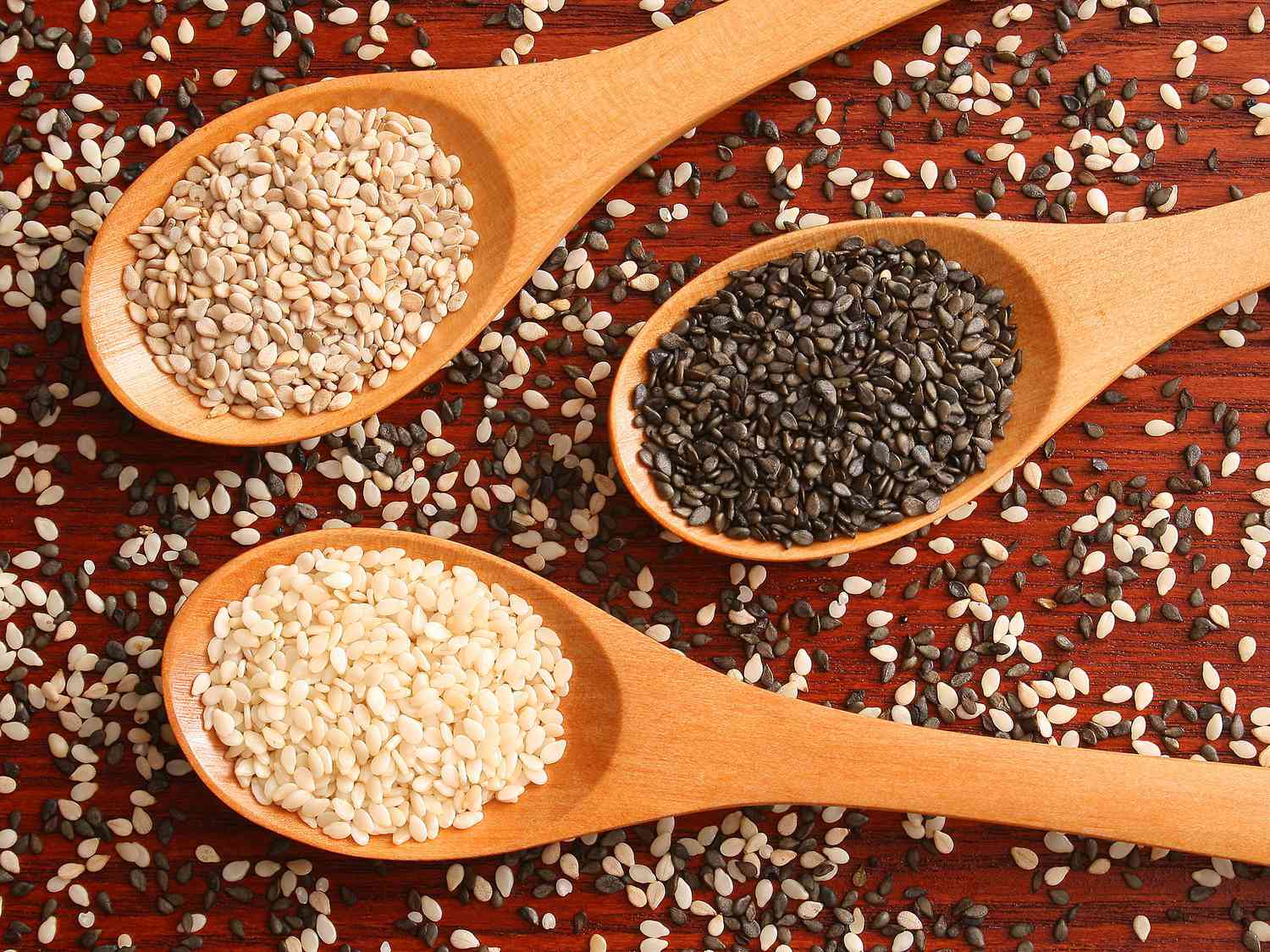
Sesame Seeds: The Tiny Nutrient Bombs
Sesame seeds may be small, but they pack a punch when it comes to iron and calcium content. Sprinkle them on sabzis, mix them into ladoos, or blend them into chutneys to add both flavor and nutrition to your meals. These seeds also provide healthy fats and antioxidants, making them a smart, easy upgrade for everyday dishes.
7. Roasted Chickpeas
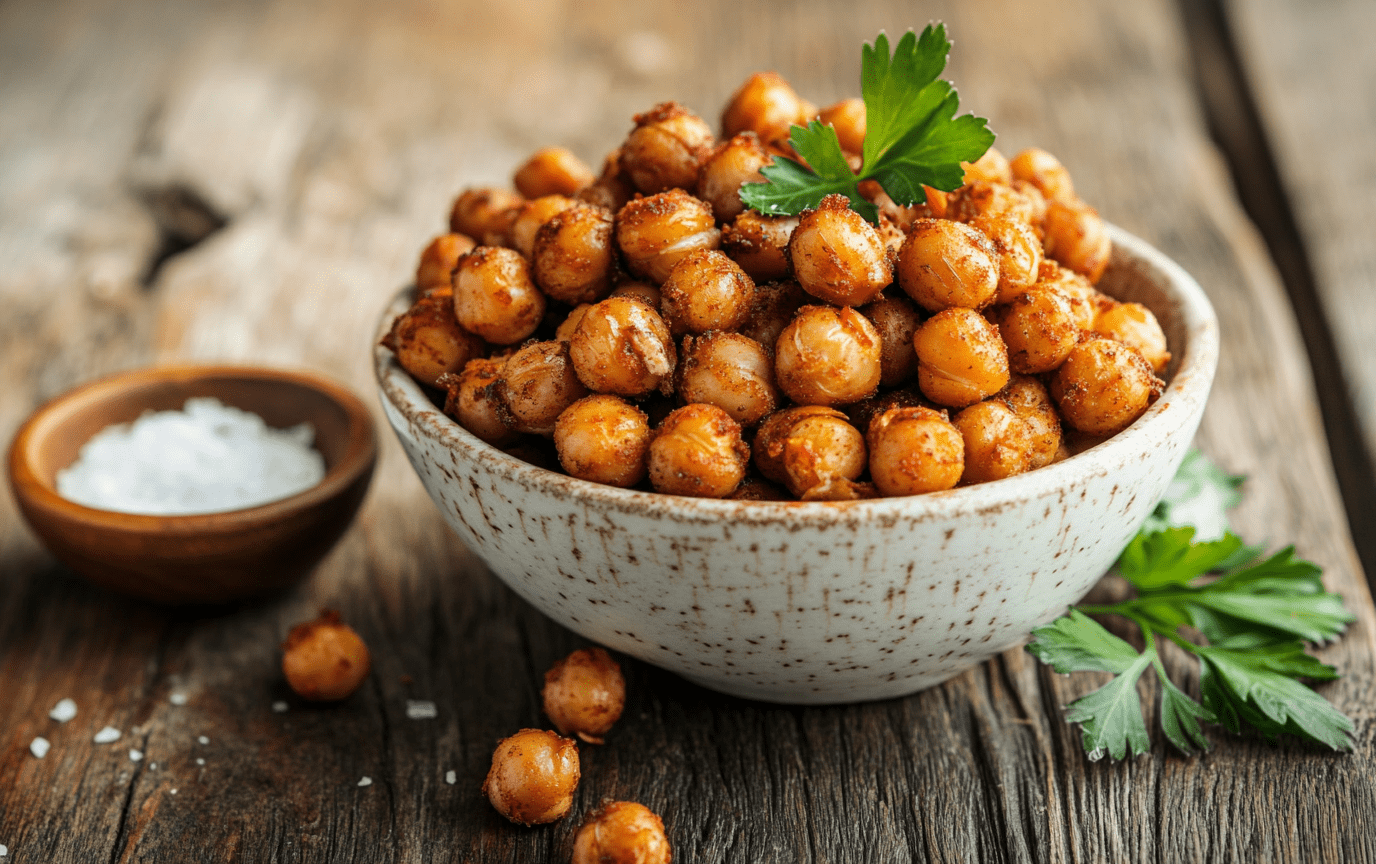
Chickpeas: The Crunchy Iron Snack
Chickpeas are a crunchy, filling, and iron-loaded snack, perfect for vegetarians and anyone looking to maintain steady iron levels. Roasted chickpeas are easy to carry and can be seasoned to taste. They’re also high in protein and fiber, supporting satiety and digestive health. Add them to salads, curries, or enjoy as a standalone snack for a convenient iron boost throughout the day.
What Are Iron Superfoods and Why Are They Important?
Iron superfoods are nutrient-dense foods naturally rich in iron, a mineral essential for producing hemoglobin and maintaining healthy red blood cells. Consuming these foods can help prevent iron deficiency, which often leads to fatigue, weakness, and impaired cognitive function. Iron superfoods are essential for women, children, vegetarians, and athletes who are at higher risk of iron deficiency. Including a variety of iron-rich foods in your diet supports energy, immunity, and overall well-being.
How to Add Iron Superfoods to Your Daily Diet
Incorporating iron superfoods into your meals is easier than you might think. Here are some practical tips:
- Start your day with spinach: Add spinach to your breakfast omelet, smoothie, or dosa batter.
- Enjoy lentils for lunch: Prepare dal, lentil soup, or a hearty lentil salad.
- Snack on roasted chickpeas: Keep a jar handy for a quick, crunchy, iron-rich snack.
- Sprinkle sesame seeds: Add them to salads, chutneys, or as a topping for yogurt and desserts.
- Sweeten with jaggery: Use jaggery instead of refined sugar in tea, desserts, or traditional sweets.
- Add beetroot and pomegranate: Include them in salads, juices, or as a side dish for a burst of flavor and nutrition.
- Pairing iron-rich foods with vitamin C sources like citrus fruits, tomatoes, or bell peppers can further enhance iron absorption.
Frequently Asked Questions
Q1: What are the symptoms of iron deficiency?
A: Common symptoms include fatigue, weakness, pale skin, shortness of breath, dizziness, and frequent infections.
Q2: Can vegetarians get enough iron from plant-based foods?
A: Yes! While plant-based iron (non-heme iron) is less easily absorbed, eating a variety of iron-rich foods and pairing them with vitamin C can help vegetarians meet their iron needs.
Q3: How much iron do I need daily?
A: Adult men typically need 8 mg per day, while women (ages 19–50) need about 18 mg per day due to menstruation. Pregnant women require even more. Always consult your doctor for personalized advice.
Q4: Are there foods that inhibit iron absorption?
A: Yes. Tea, coffee, and foods high in calcium can reduce iron absorption if consumed with iron-rich meals. Try to enjoy these beverages between meals instead.
Q5: Is it possible to consume too much iron?
A: While rare from food sources alone, excessive iron from supplements can be harmful. Stick to recommended doses unless advised otherwise by a healthcare provider.


